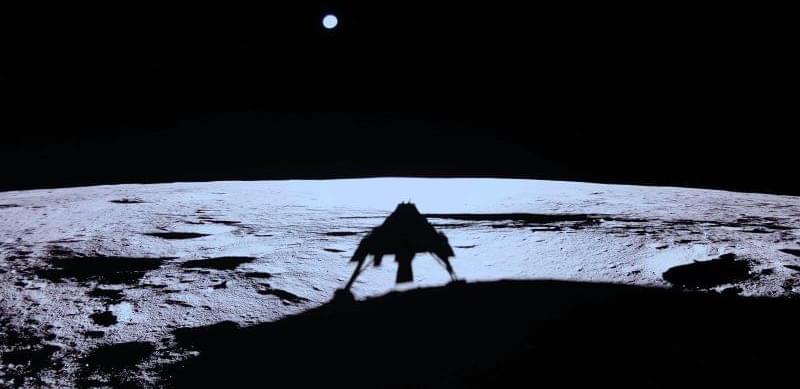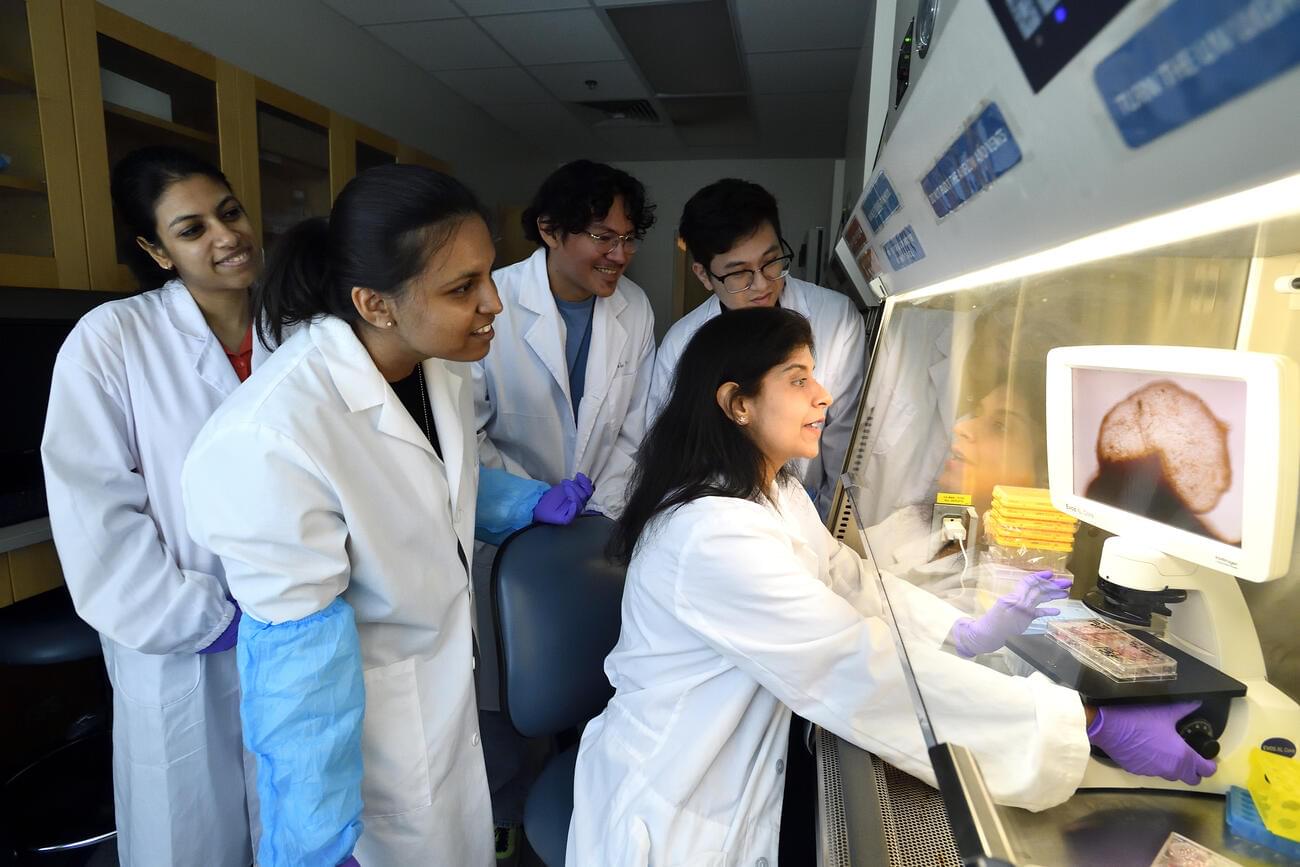Firefly Aerospace made history in March as the first commercial firm to land a spacecraft upright on the moon. Now, the company is going public.




Magnetism plays a pivotal role in many biological systems. However, the intensity of the magnetic forces exerted between magnetic bodies is usually low, which demands the development of ultra-sensitivity tools for proper sensing. In this framework, magnetic force microscopy (MFM) offers excellent lateral resolution and the possibility of conducting single-molecule studies like other single-probe microscopy (SPM) techniques. This comprehensive review attempts to describe the paramount importance of magnetic forces for biological applications by highlighting MFM’s main advantages but also intrinsic limitations. While the working principles are described in depth, the article also focuses on novel micro- and nanofabrication procedures for MFM tips, which enhance the magnetic response signal of tested biomaterials compared to commercial nanoprobes. This work also depicts some relevant examples where MFM can quantitatively assess the magnetic performance of nanomaterials involved in biological systems, including magnetotactic bacteria, cryptochrome flavoproteins, and magnetic nanoparticles that can interact with animal tissues. Additionally, the most promising perspectives in this field are highlighted to make the reader aware of upcoming challenges when aiming toward quantum technologies.
Philosophers of physics aren’t just thinking deep thoughts; they’re making concrete contributions! From loop quantum gravity’s critique of string theory to Landauer’s principle, their insights force physicists to rethink assumptions. #PhilosophyOfPhysics #QuantumGravity #StringTheory #PhysicsResearch #TheoreticalPhysics

Johns Hopkins University researchers have grown a novel whole-brain organoid, complete with neural tissues and rudimentary blood vessels—an advance that could usher in a new era of research into neuropsychiatric disorders such as autism.
“We’ve made the next generation of brain organoids,” said lead author Annie Kathuria, an assistant professor in JHU’s Department of Biomedical Engineering who studies brain development and neuropsychiatric disorders. “Most brain organoids that you see in papers are one brain region, like the cortex or the hindbrain or midbrain. We’ve grown a rudimentary whole-brain organoid; we call it the multi-region brain organoid (MRBO).”

Chinese scientists have developed a gene editing technology capable of precisely manipulating large DNA segments ranging from thousands to millions of base pairs in both plant and animal cells, marking a significant advance in the field of life sciences.
The research team from the Institute of Genetics and Developmental Biology at the Chinese Academy of Sciences announced the new technology in a study published online Monday in the journal Cell.
The method, called PCE (Programmable Chromosomal Engineering), combines three innovative techniques to enable programmable editing of large chromosome segments. In lab tests, researchers successfully inserted an 18,800-base-pair DNA fragment, replaced a 5,000-base-pair sequence, inverted a 12-million-base-pair chromosomal region, deleted a 4-million-base-pair segment, and even relocated entire chromosomes.
The venerable Ralph Merkle joins Max Marty on stage at Vitalist Bay.
Key topics covered:
- Why cryonics is still “0.00001%” of people despite decades of advocacy — and Merkle’s admission that believing rational arguments would work was his biggest mistake.
- The wild Dora Kent story.
- The organizational split in 1992 that affected growth for over a decade.
- Why Merkle’s success probability hasn’t changed since the 80s.
- Whether preserving your information pattern is enough or if you need “continuity of consciousness”.
And more.
Links:
• Cryosphere Discord server: https://discord.com/invite/ndshSfQwqz.
• Cryonics subreddit: https://www.reddit.com/r/cryonics/

In the race toward practical quantum computers and networks, photons — fundamental particles of light — hold intriguing possibilities as fast carriers of information at room temperature. Photons are typically controlled and coaxed into quantum states via waveguides on extended microchips, or through bulky devices built from lenses, mirrors, and beam splitters. The photons become entangled – enabling them to encode and process quantum information in parallel – through complex networks of these optical components. But such systems are notoriously difficult to scale up due to the large numbers and imperfections of parts required to do any meaningful computation or networking.
Could all those optical components could be collapsed into a single, flat, ultra-thin array of subwavelength elements that control light in the exact same way, but with far fewer fabricated parts?
Optics researchers in the Harvard John A. Paulson School of Engineering and Applied Sciences (SEAS) did just that. The research team led by Federico Capasso, the Robert L. Wallace Professor of Applied Physics and Vinton Hayes Senior Research Fellow in Electrical Engineering, created specially designed metasurfaces — flat devices etched with nanoscale light-manipulating patterns — to act as ultra-thin upgrades for quantum-optical chips and setups.
Researchers blend theoretical insight and precision experiments to entangle photons on an ultra-thin chip.


Dietary fat is an important part of our diet. It provides us with a concentrated source of energy, transports vitamins and when stored in the body, protects our organs and helps keep us warm. The two main types of fat that we consume are saturated and unsaturated (monounsaturated and polyunsaturated), which are differentiated by their chemical composition.
But these fats have different effects on our body. For example, it is well established that eating a meal that is high in saturated fat, such as that self-indulgent Friday night takeaway pizza, can be bad for our blood vessels and heart health. And these effects are not simply confined to the heart.
The brain has limited energy stores, which means it is heavily reliant on a continuous supply of blood delivering oxygen and glucose to maintain normal function.
One of the ways the body maintains this supply is through a process known as “dynamic cerebral autoregulation”. This process ensures that blood flow to the brain remains stable despite everyday changes in blood pressure, such as standing up and exercising. It’s like having shock absorbers that help keep our brains cool under pressure.
But when this process is impaired, those swings in blood pressure become harder to manage. That can mean brief episodes of too little or too much blood reaching the brain. Over time, this increases the risk of developing conditions like stroke and dementia.